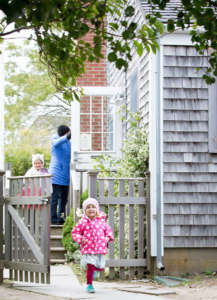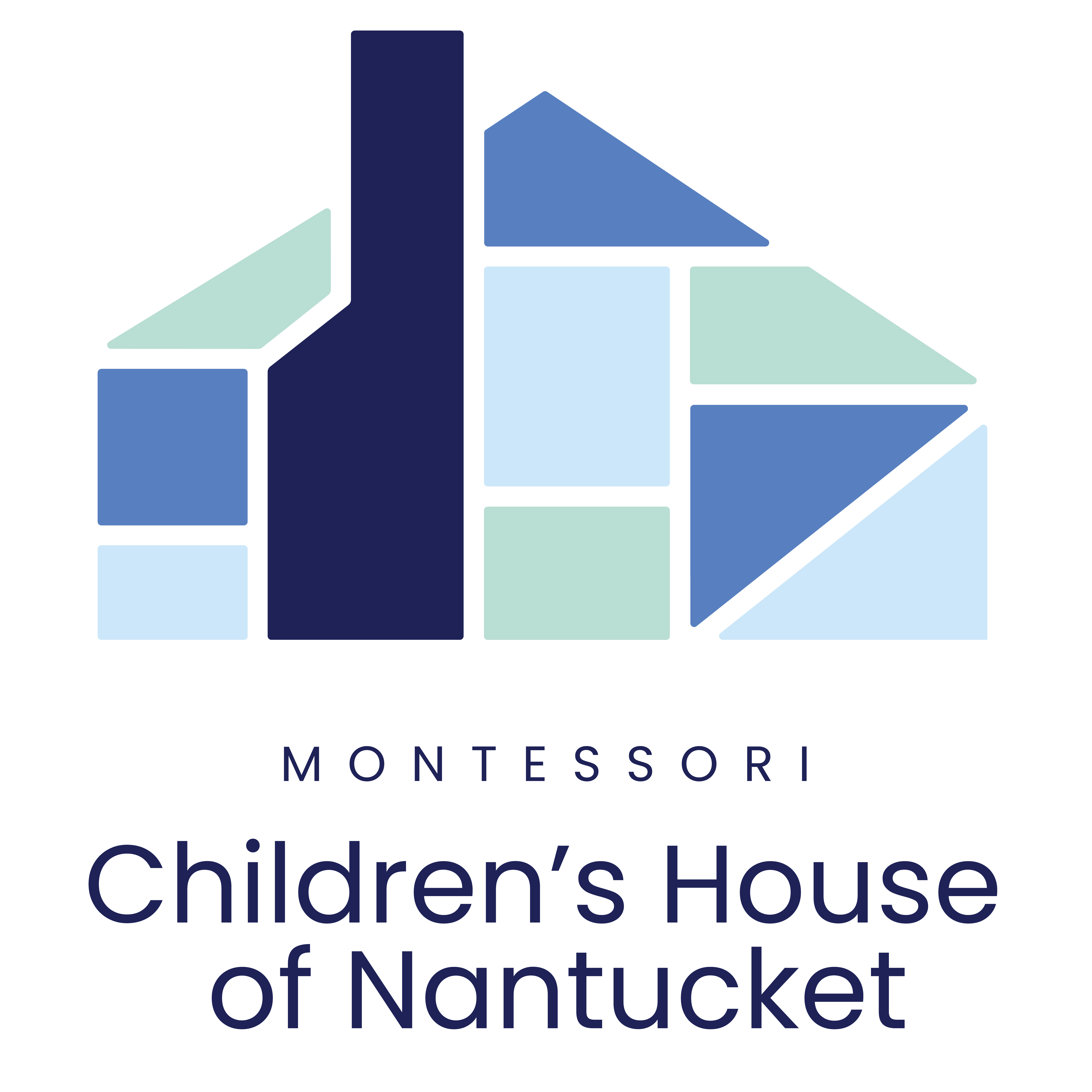Our Curriculum

The Children’s House is a converted home, where each room contains a different curriculum area. These prepared environments are cozy and inviting, furnished with child-sized tables and chairs and low, open shelves that hold beautiful materials that are neatly displayed and easily accessible to the students. Come inside and you will see it truly is a Children’s House!
The kitchen is where students will find Practical Life materials. What was once the living room now serves as the Language and Science areas. Two former bedrooms serve as the Geography and Art rooms. The basement provides ample space for Math and Sensorial materials as well as the large group meetings, which are held each morning and afternoon. Additionally, all rooms, including the basement, have multiple windows that provide natural light throughout the school.
During the school day, children are able to move freely throughout the building during the extended work period, providing opportunities for each student to make independent decisions, explore, and discover. The child’s interest and curiosity shape his or her choices, fostering a love of learning and sense of wonder. Teachers act as gentle guides and facilitate the child’s development of a sense of inner discipline, self-assurance and a love of learning.
Please read below for a brief description of each curriculum area:
The Practical Life area is one of the four original areas developed by Maria Montessori. The lessons allow the children to develop essential skills that lead to a foundation of independence, concentration, coordination and a sense of order. This area is considered a bridge between home and school because the materials are familiar to the child and representative of his/her home environment. Work here often includes physical skills such as pouring, scooping, twisting, squeezing and lacing. Additionally, this area provides opportunities to practice self-care and care of the environment.
The Sensorial area assists children in ordering and classifying the myriad of impressions they gather so that they can better understand and appreciate the world around them. The Sensorial materials emphasize one physical sense at a time to allow ease in contrasting differences, comparing for similarities, or grading sets of a series into proper order. The skills acquired through exploration of the Sensorial environment are carried over into all other areas of the Montessori classroom.
The Language curriculum provides a foundation for effective communication and interaction with others and the environment. With the development of a child’s ability to relate to his/her world comes a stronger sense of independence and empowerment. In addition to promoting an appreciation for literature throughout the school, materials and activities in this area are specifically designed to provide opportunities to practice oral, auditory, visual, and fine motor skills. The life-long process of reinforcing and expanding upon these communication skills begins here and progresses based upon each child’s individual pace and interests.
Science is introduced through an exploration of the world around us through botany, zoology and physical science. Simple, meaningful, concrete experiments are also performed in order to demonstrate certain concepts. Some examples of what we might investigate include: how a seed grows, what floats and what sinks, and differences between living and non-living things.
Here children are introduced to their place within our universe. They learn that they are a part of the universe, galaxy, planet, continent, country, state, town, school, and family. Through these lessons, the child begins to understand his/her responsibilities as a member of these communities. Respect for all cultures is taught through stories, pictures, games, and songs.
Art begins with lessons on the proper use of specific materials such as crayons, paint, markers, glue, and scissors. Drawing, painting, pasting, and cutting are all introduced over time and provide the foundation for much of what goes on in this area. Here children have the opportunity for open-ended creativity, while also strengthening motor skills.
The Montessori Math curriculum begins with concrete manipulatives that use mind-hand activity. The materials isolate concepts that are repeated and ordered in such a way to lead the child toward increasingly abstract work. For instance, the child is introduced to quantity before symbol as the physical value gives meaning to the numeral. This foundation will help to make sense of more complex math as he/she continues his/her schooling.

